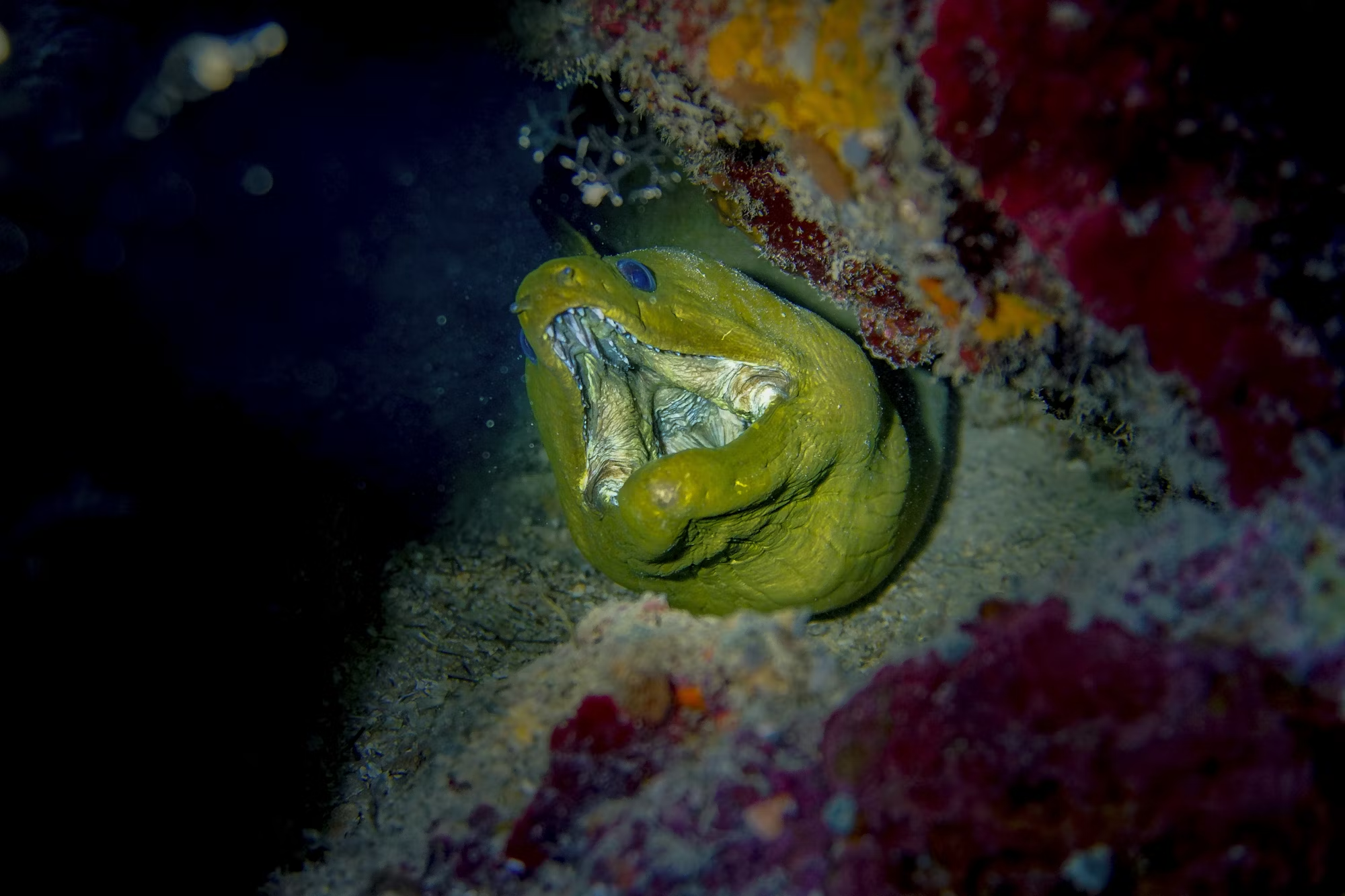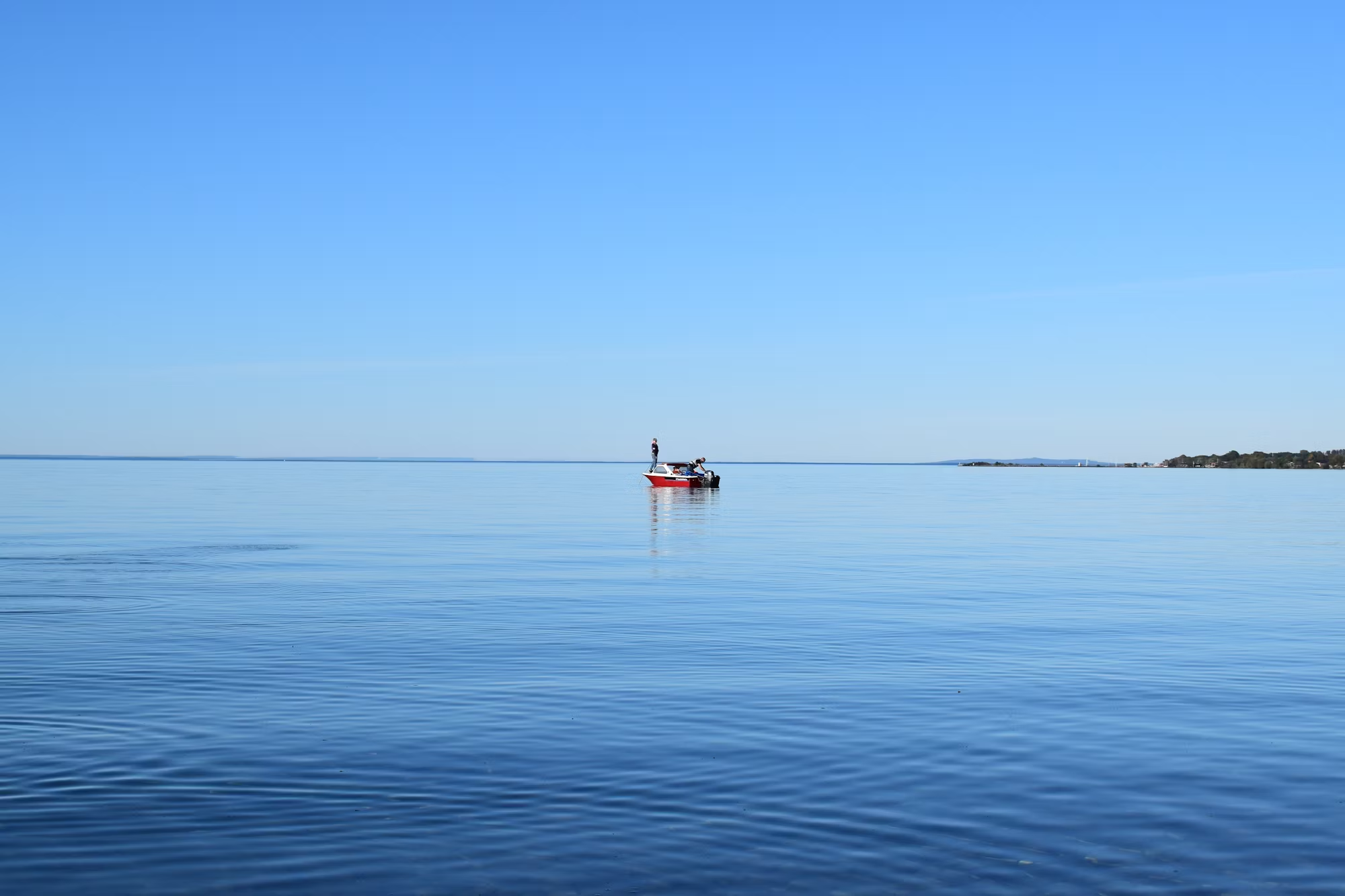Diving into Adventure: A Guide to Underwater Exploration
This article provides an in-depth look at various types of diving, showcasing unique experiences, te

Diving is more than just a recreational activity; it is an adventure that connects enthusiasts with the mysterious and vibrant underwater world. With various styles and disciplines available, each form of diving offers unique experiences that cater to different interests and skill levels. This article aims to explore the diverse types of diving, from the leisure of snorkeling to the technical challenges of deep-sea exploration, highlighting their individual characteristics and the wonders they reveal beneath the surface.
Scuba Diving: A Gateway to Adventure
Scuba diving remains one of the most popular forms of underwater exploration, allowing divers to engage directly with stunning marine environments. Utilizing self-contained underwater breathing apparatus, divers can immerse themselves in the depths of the ocean, encountering vibrant coral reefs, historical shipwrecks, and an array of marine life. The accessibility of scuba diving has contributed to its popularity; numerous resorts and diving centers around the world offer certification courses that enable beginners to learn essential skills and embark on their own underwater adventures.
The Great Barrier Reef in Australia stands as a premier destination for scuba divers, renowned for its remarkable biodiversity and breathtaking beauty. This UNESCO World Heritage site features an extensive array of corals and marine species, providing an unforgettable experience for divers. Other remarkable locations include the crystal-clear waters of the Caribbean, where colorful fish dart among coral gardens, and the historical dive sites of the Red Sea, which reveal remnants of ancient shipwrecks surrounded by flourishing marine ecosystems.
Technical Diving: Venturing Beyond the Norm
For those looking to push the boundaries of their diving experiences, technical diving opens new frontiers. This advanced discipline requires specialized training and equipment, enabling divers to explore greater depths and remain underwater for extended periods. Technical divers often navigate challenging environments, such as underwater caves and deep-sea wrecks, confronting unique obstacles that necessitate thorough preparation and expertise.
Training for technical diving involves mastering advanced skills, including gas management and decompression techniques, often using mixed gases for deeper dives. Locations such as the underwater caves of Mexico and the famous wreck of the USS Thistlegorm in Egypt attract technical divers from around the globe, offering breathtaking underwater scenery and historical insights. These adventures allow divers to experience the thrill of exploring uncharted territories while enhancing their skills and knowledge of underwater environments.
Freediving: Embracing the Breath
Freediving, or apnea diving, offers a distinctive approach to underwater exploration by relying solely on breath-holding techniques. This discipline encourages a deep connection between the diver and the ocean, fostering mindfulness and an enhanced understanding of one’s body. Freediving allows individuals to experience the underwater world without the aid of scuba gear, promoting an appreciation for the aquatic environment.
Competitive freediving has gained significant traction in recent years, featuring various disciplines such as static apnea, dynamic apnea, and depth events that test divers’ limits. Locations like the Blue Hole in Dahab, Egypt, provide ideal conditions for freedivers to hone their skills, showcasing stunning underwater landscapes while promoting relaxation and self-awareness. The experience of freediving is not just about the depths reached but also about the tranquility and meditative state achieved while immersed in water.
Snorkeling: The Perfect Introduction
For those seeking a gentle introduction to the underwater realm, snorkeling offers an accessible and enjoyable way to observe marine life. Armed with a mask, snorkel, and fins, snorkelers can glide above shallow reefs, exploring the vibrant ecosystems teeming with life below. This leisurely activity is perfect for families and individuals of all ages, making it a popular choice for beachgoers and adventurers alike.
Popular snorkeling destinations include the idyllic beaches of Hawaii, the Caribbean islands, and the rich waters of Thailand. These locations provide clear visibility and abundant marine biodiversity, allowing snorkelers to encounter a variety of fish, sea turtles, and vibrant coral formations. Snorkeling not only enhances appreciation for marine life but also promotes awareness of conservation efforts to protect these delicate ecosystems.
Cave Diving: The Adventure Beneath
Cave diving presents an exhilarating challenge for adventurous divers, requiring specialized training and equipment to navigate submerged cave systems. This unique discipline reveals stunning geological formations and unique aquatic ecosystems, offering a thrilling yet safe exploration experience. Due to the inherent risks associated with cave diving, meticulous planning and adherence to safety protocols are crucial.
Cave divers often uncover breathtaking formations, such as stalactites and stalagmites, while encountering unique species adapted to these dark environments. Notable cave diving locations include the cenotes of Mexico, where divers navigate through crystal-clear waters surrounded by lush vegetation, and the famous cave systems of Florida, known for their incredible visibility and stunning underwater features. The sense of adventure and exploration found in cave diving provides a rewarding experience for those willing to venture into the depths.
Ice Diving: A Unique Experience
Ice diving offers a thrilling opportunity to explore beneath the frozen surfaces of lakes or seas. This unique discipline requires specialized skills and equipment to ensure safety in cold and challenging conditions. Ice divers often witness striking ice formations and encounter various marine life adapted to survive in these frigid environments.
Training for ice diving involves learning to manage cold temperatures and navigate low visibility conditions, alongside implementing essential safety measures. Popular ice diving locations include frozen lakes in Canada and the Arctic regions, where divers can discover a mesmerizing world beneath the ice. The serene beauty and tranquility of ice diving create a memorable experience for those who embrace the cold.
Night Diving: Discovering the Darkness
Night diving unveils a different side of the underwater world, showcasing nocturnal marine life that thrives after dark. Using specialized lights, divers can explore the depths at night, encountering creatures that are more active during the evening, such as bioluminescent organisms and predatory fish. Night dives can be both exhilarating and peaceful, as the underwater environment transforms in the absence of sunlight.
Popular night diving locations include the vibrant reefs of the Caribbean and the waters of Bonaire, where divers can experience the beauty of the ocean illuminated by their lights. This unique perspective allows divers to appreciate the complexity of marine ecosystems and witness behaviors rarely seen during daytime dives.
Reef Diving: Immersion in Biodiversity
Reef diving focuses on exploring coral reefs, which represent one of the planet’s most diverse ecosystems. These vibrant underwater landscapes house countless marine species, providing divers with an opportunity to witness the beauty of biodiversity firsthand. Exploring the delicate balance of life within coral reefs can be both awe-inspiring and educational, emphasizing the importance of conservation efforts to protect these vital ecosystems.
Popular reef diving locations include the Great Barrier Reef, the Caribbean islands, and the Red Sea. Each destination offers unique coral formations, colorful fish, and the chance to witness ecological interactions within these delicate habitats. Reef diving not only provides recreational enjoyment but also raises awareness about the impact of climate change and human activities on marine ecosystems.
Wreck Diving: Exploring History Beneath the Waves
Wreck diving invites divers to explore sunken ships, aircraft, and artificial reefs, revealing fascinating stories of the past. These dives can be both adventurous and educational, as divers uncover historical artifacts while observing marine life that has made these wrecks their home. Popular wreck diving sites include the USS Liberty in Bali and the SS Thistlegorm in Egypt, each offering unique challenges and rewards for divers interested in history and exploration.
Diving encompasses a rich tapestry of disciplines, each offering unique experiences and challenges. From the accessibility of snorkeling to the technical expertise required for deep dives, there is something for everyone in the underwater world. As divers explore these diverse environments, they not only enrich their own lives but also contribute to the preservation and appreciation of our planet’s precious marine ecosystems. Whether you’re a novice eager to take your first plunge or an experienced diver seeking new adventures, the ocean awaits with endless possibilities.




